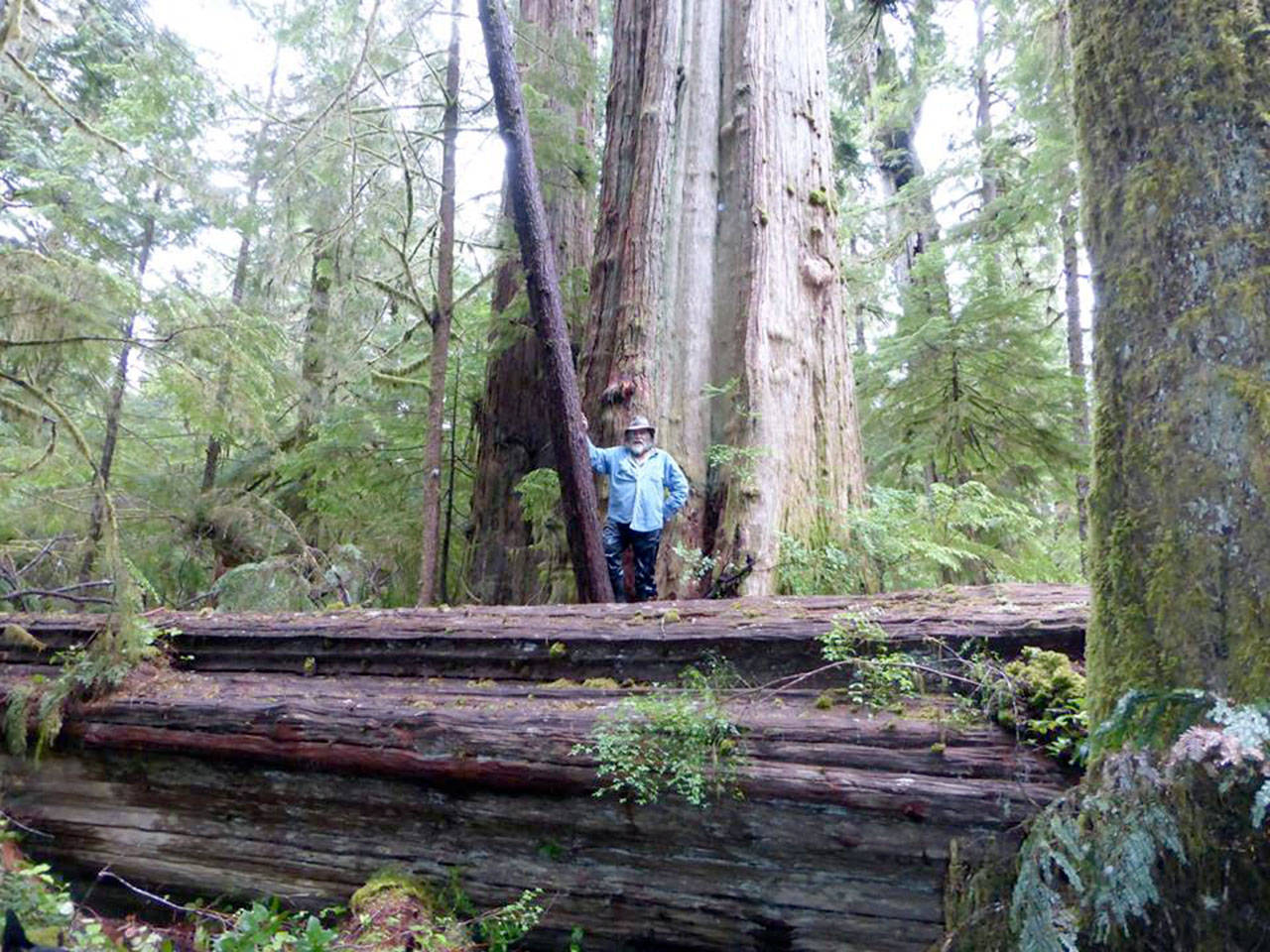IT’S TIME for the 43rd annual Port Townsend Wooden Boat Festival.
Wooden boats are an integral part of our history. Native Americans started building wooden boats thousands of years ago and we have been building them ever since.
Wooden boats made America what it is today.
In 1792, the American Capt. Robert Gray discovered, claimed and named the Columbia River after his wooden ship.
If it weren’t for wooden boats, we’d all be speaking Canadian, eh?
In the 1840s, American ship designers copied the graceful lines of the Native American cedar canoes to build clipper ships.
These speedy transoceanic vessels gave the United States an advantage in world trade that we’ve enjoyed ever since.
In my opinion, building a wood boat is the highest and best use of wood. Until now.
These days, everything is offensive if you think about it long and hard enough. I have.
It took years of hard-nosed, below-the-belt, hands-on investigations to peek beneath the dirty laundry at the seamy underbelly of the Wooden Boat Festival to get the bird’s eye lowdown on the anachronistic, inhumane and environmentally irresponsible practice of building boats out of wood.
The ethical quagmire and environmental cost of building a wooden boat have to include their effects on climate change through the global destruction of the rainforest and the associated extirpation of indigenous populations of the original inhabitants with the corresponding extinction of endangered species being perpetrated as you read this.
It wasn’t until I built my own wooden boat out of old growth fir and yellow cedar that I discovered a common feature of wooden boats.
They are all made of wood that comes from trees that we call old growth.
These big trees have clear wood with tight growth rings and no knots.
The trees boat builders desire grow in rainforests around the world.
Wooden boats are typically made from old growth fir, cedar, teak and ironwood.
Old growth Douglas fir and western red cedar are no longer logged much in the Pacific Northwest because they are home to the spotted owl and the marbled murrelet.
We’ve decided to let our remaining old growth forests burn or blow down and rot rather than harvest them for wooden boats.
We are not even allowed to salvage burnt or windblown old growth from the forest floor.
Instead, we plunder Canadian forests for wood for our wooden boats.
Teak is particularly valued for its durability and water resistance.
Unfortunately, the Asian teak industry has severe environmental impacts with catastrophic effects on local communities and wildlife.
Native forests are clear-cut, thousands of acres at a time, to get the teak out.
Unmerchantable species, the so-called “waste trees,” are often burned to clear land for abusive agricultural practices that leave the land highly susceptible to erosion.
This in turn produces more species of threatened or endangered people, plants, birds and animals.
For example, it was estimated in 2016 that only around 100,000 orangutans survive in their rainforest home. At the rate their forests are being logged, it is predicted that as few as 47,000 orangutans will survive by 2025.
Bottom line is you can’t use old-growth Douglas fir or cedar on your wooden boat and call yourself a bird watcher.
You cannot in good conscience use teak on your yacht and call yourself a great ape lover.
In America, we tend to manage our forests in a manner that doesn’t hurt anyone’s feelings.
We’d rather cut someone else’s wood and let ours rot.
That’s why as an environmentalist, I am protesting the Wooden Boat Festival this year. I am revolting.
_________
Pat Neal is a Hoh River fishing and rafting guide and “wilderness gossip columnist” whose column appears here every Wednesday.
He can be reached at 360-683-9867 or by email via patnealwild life@gmail.com.
